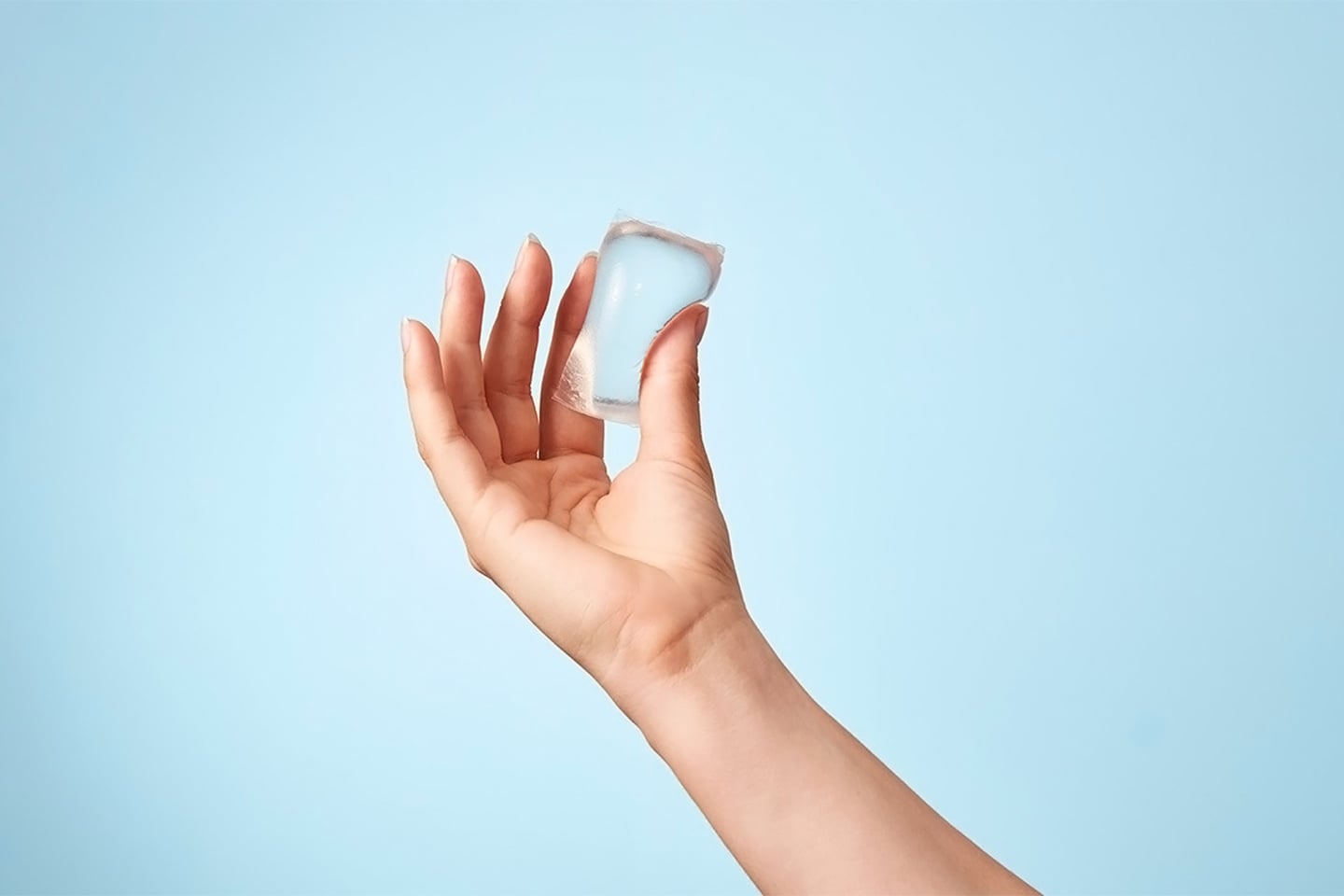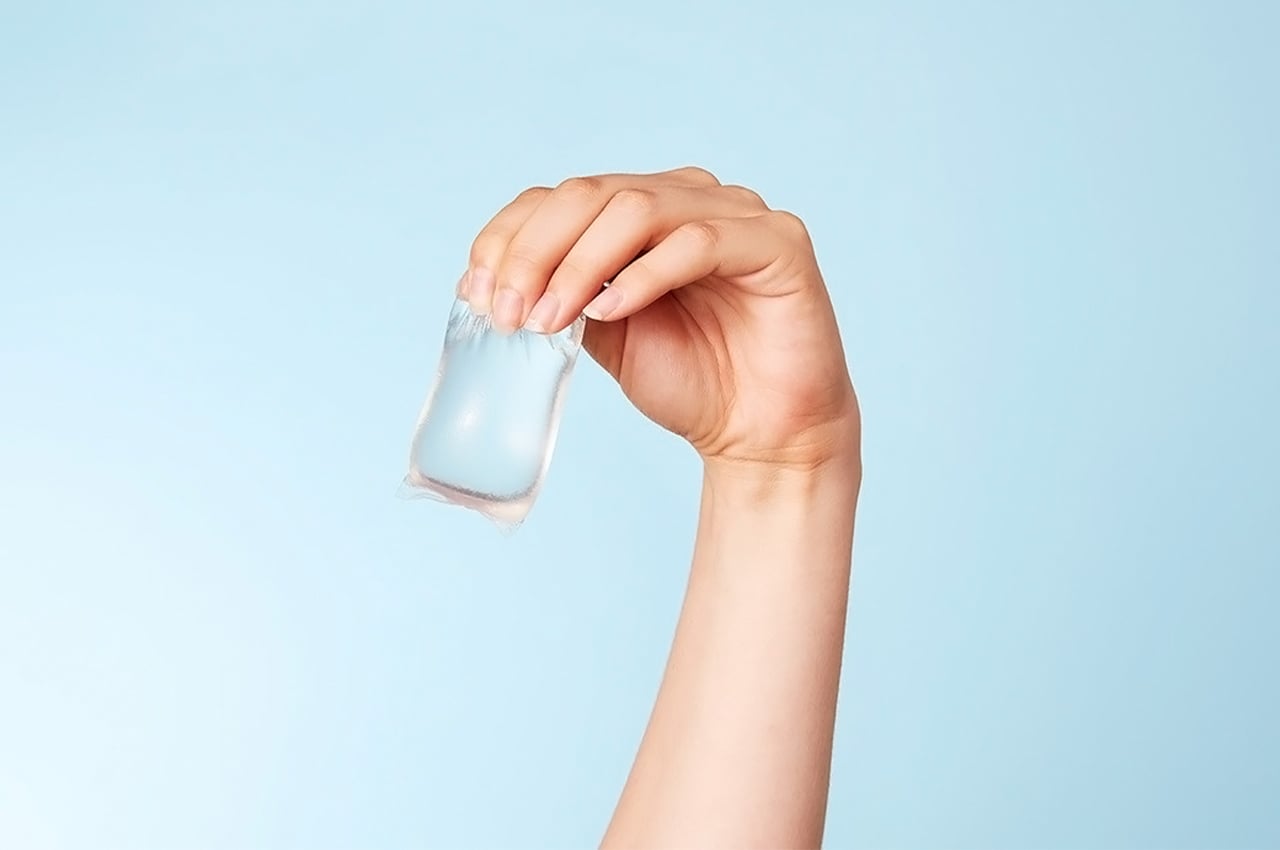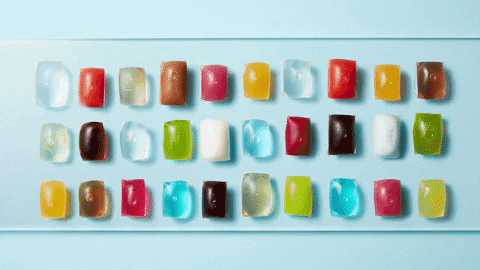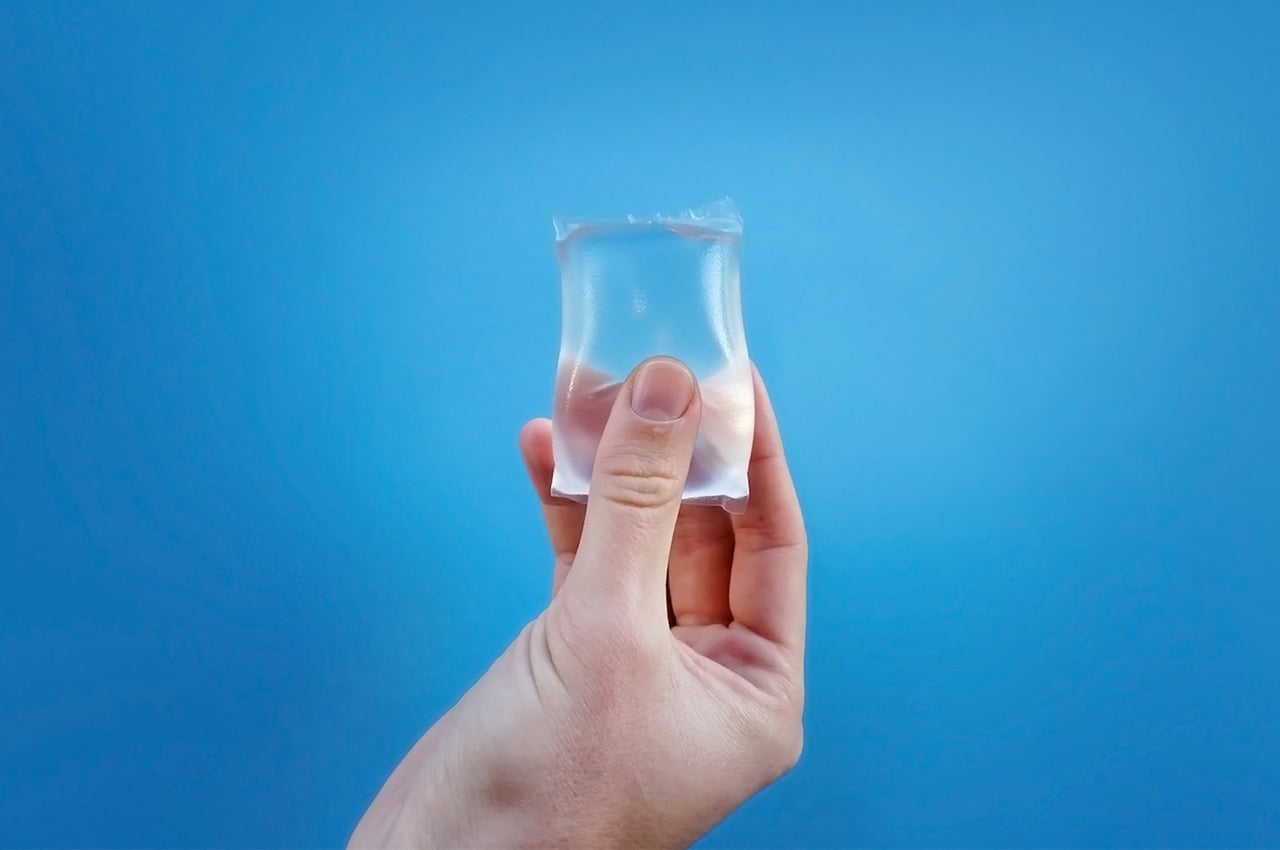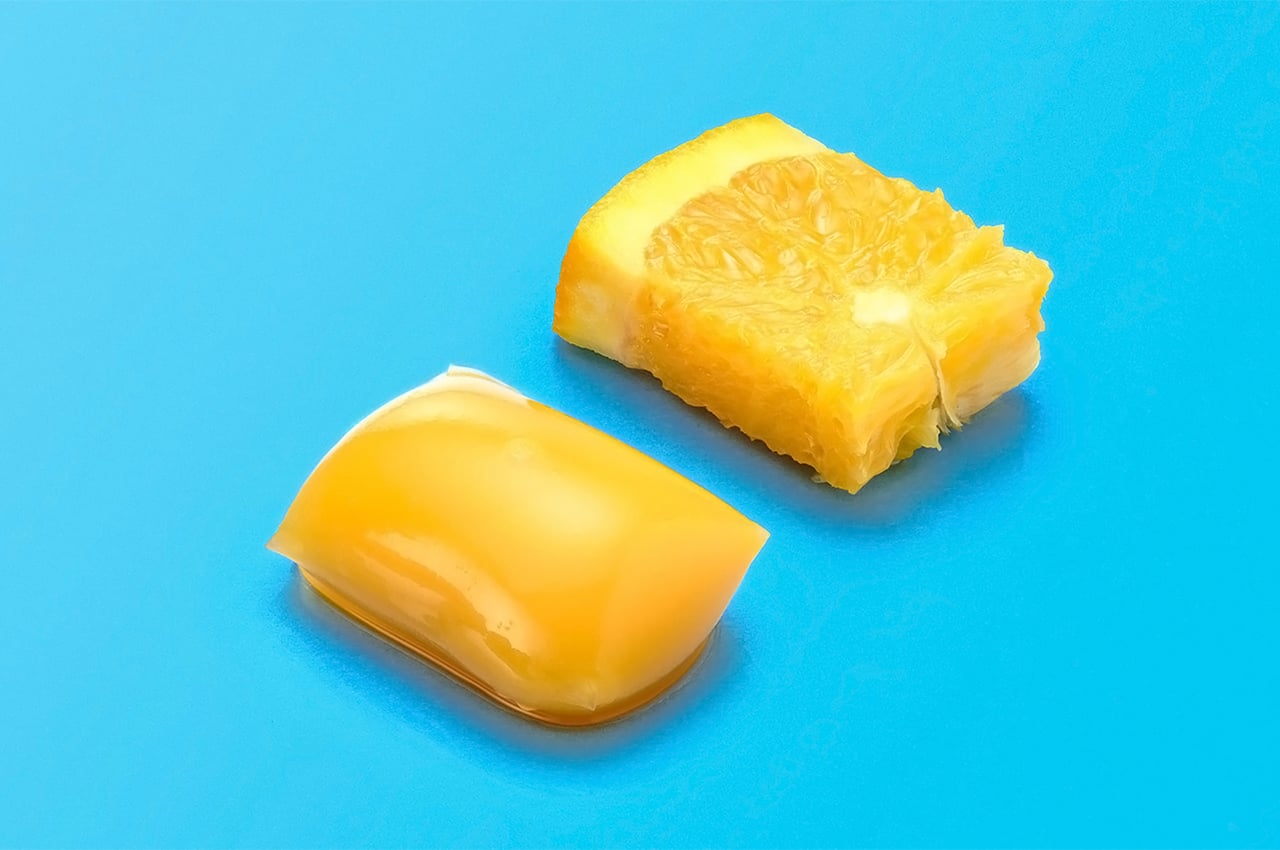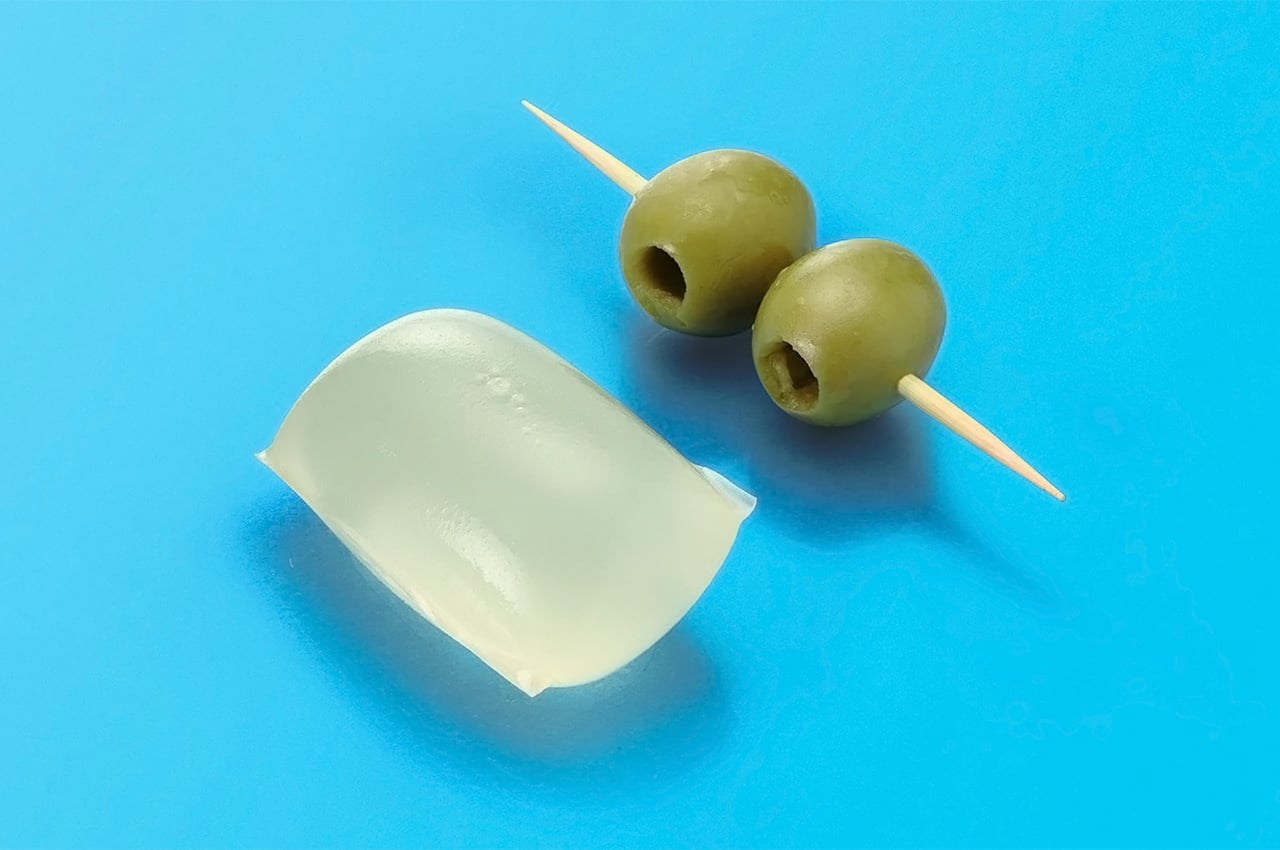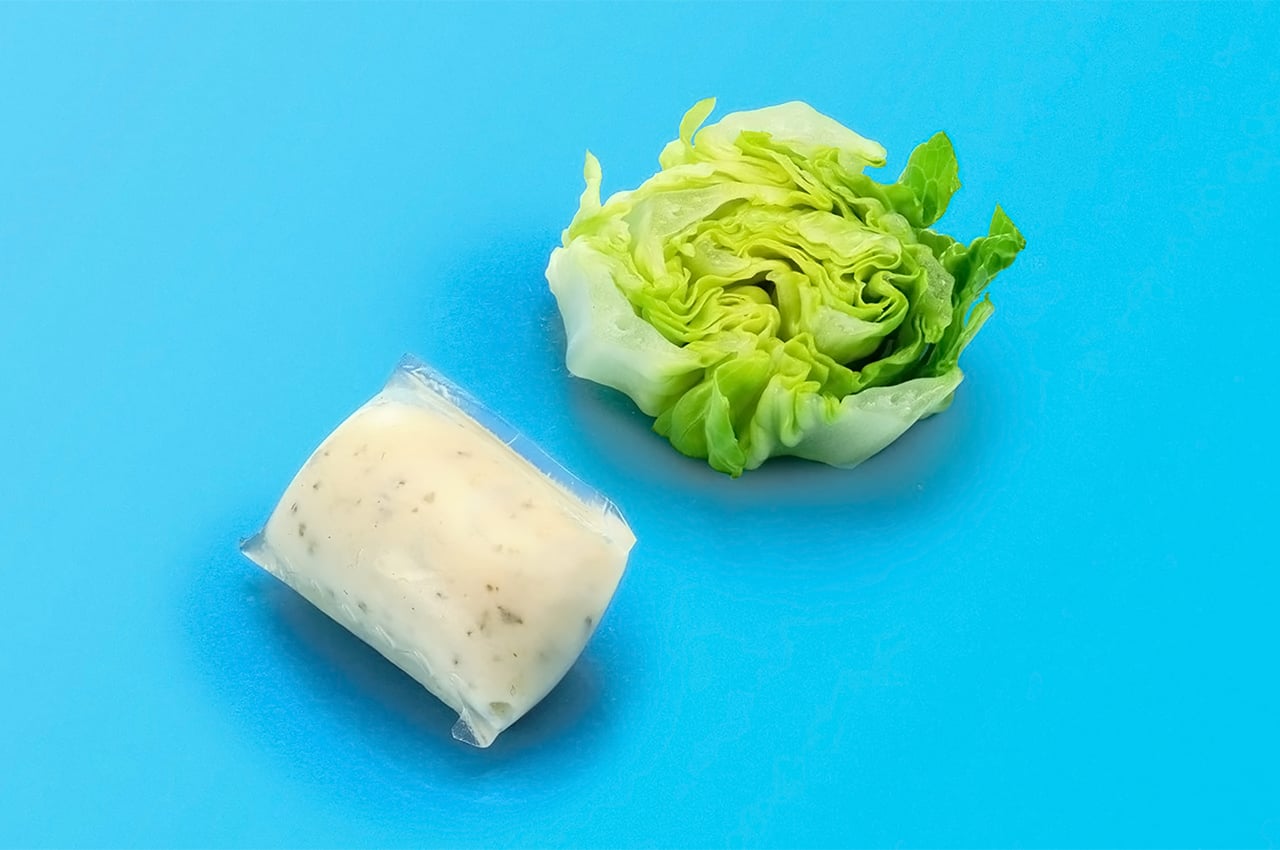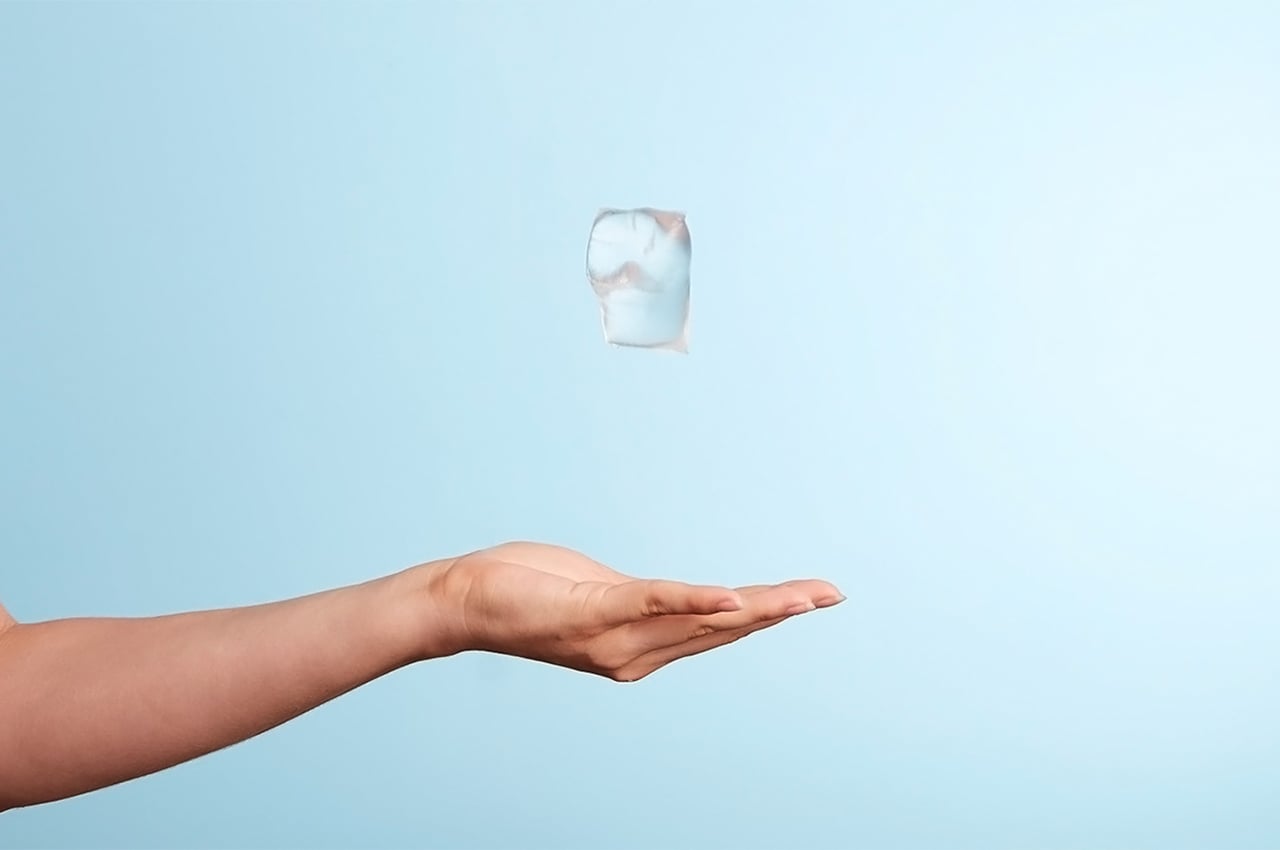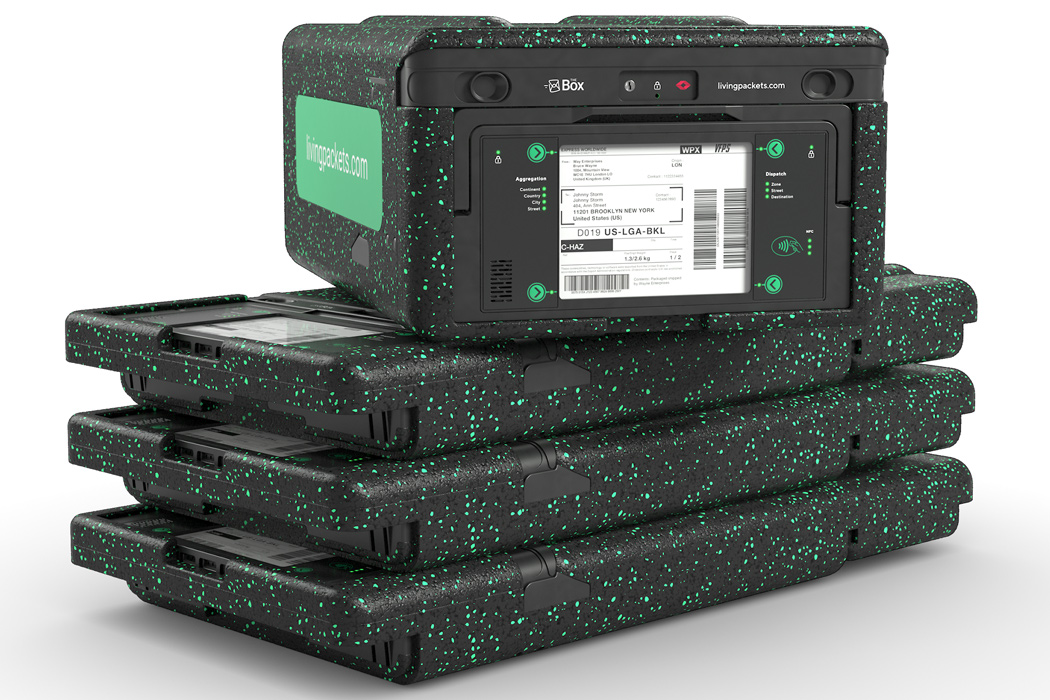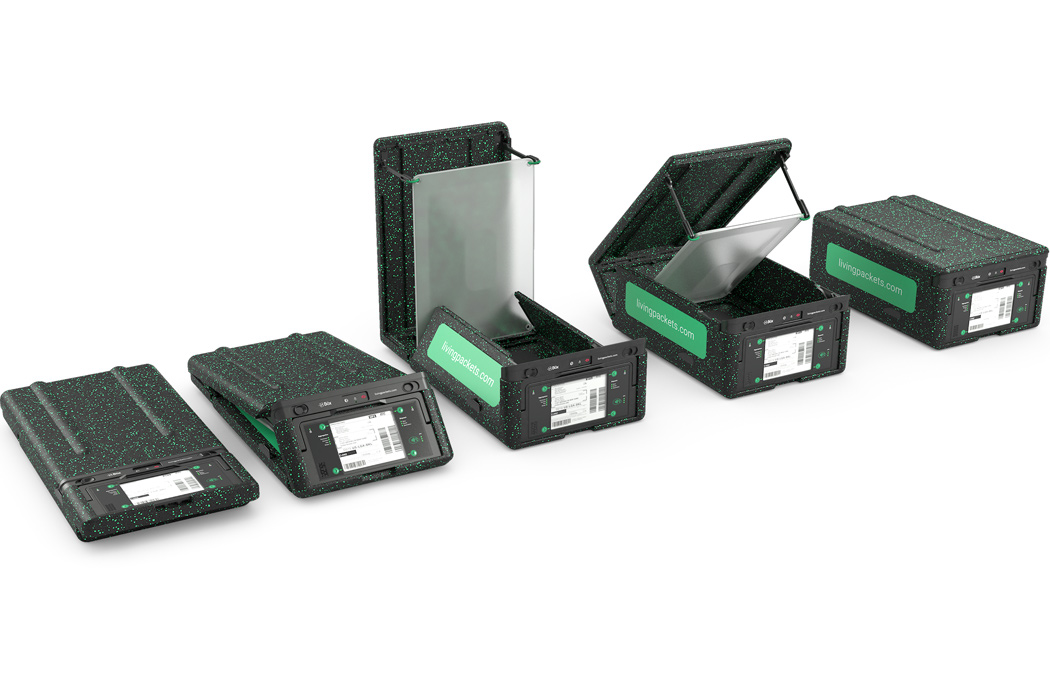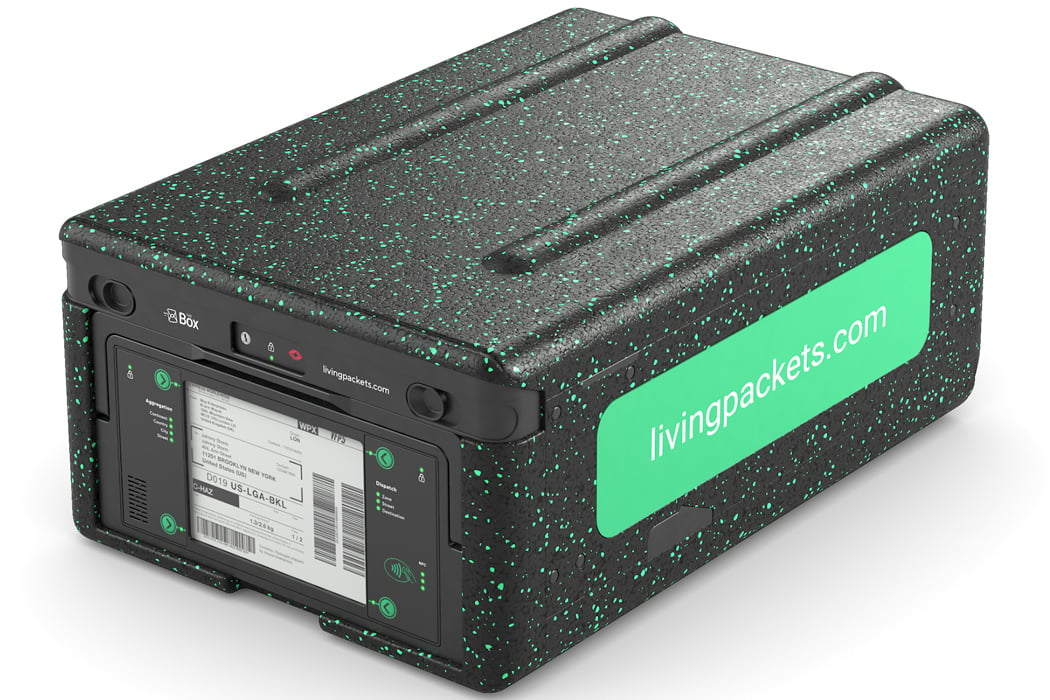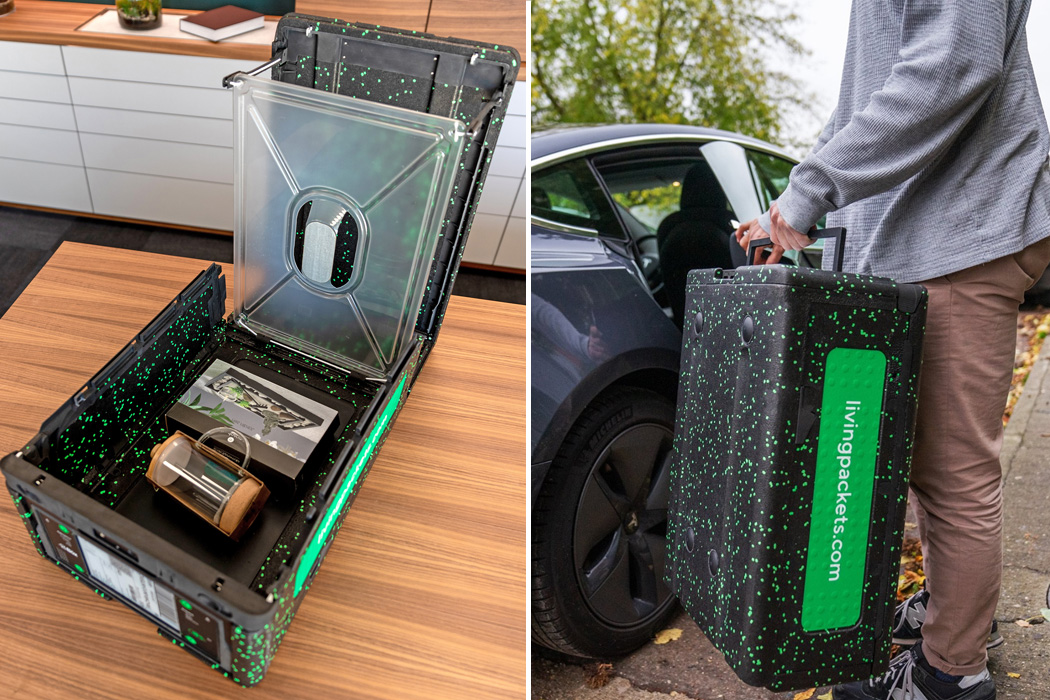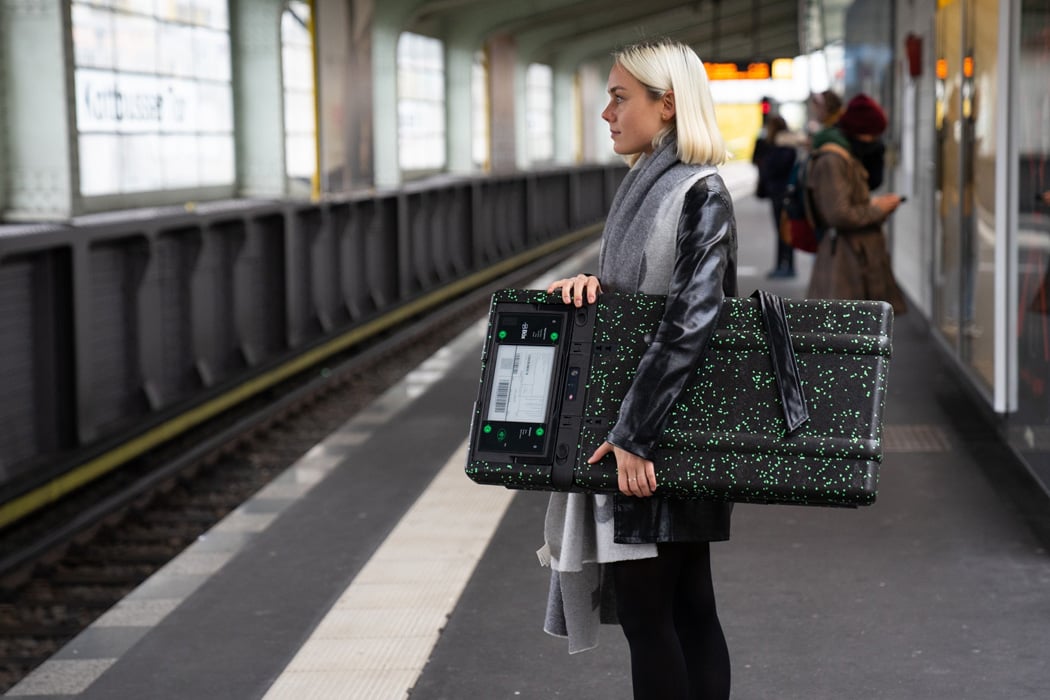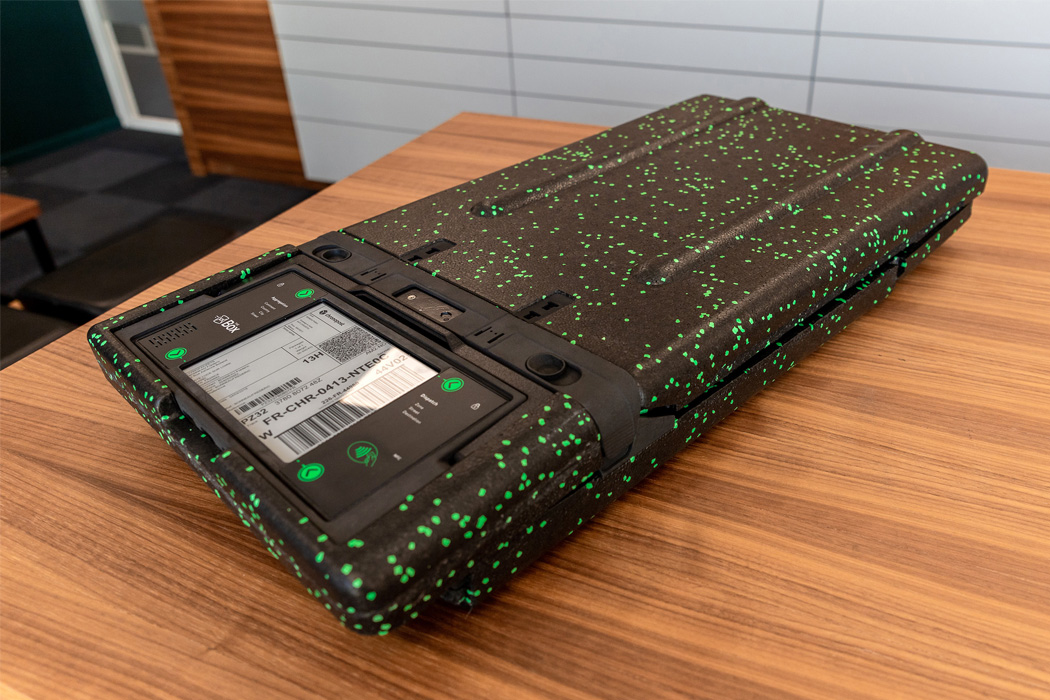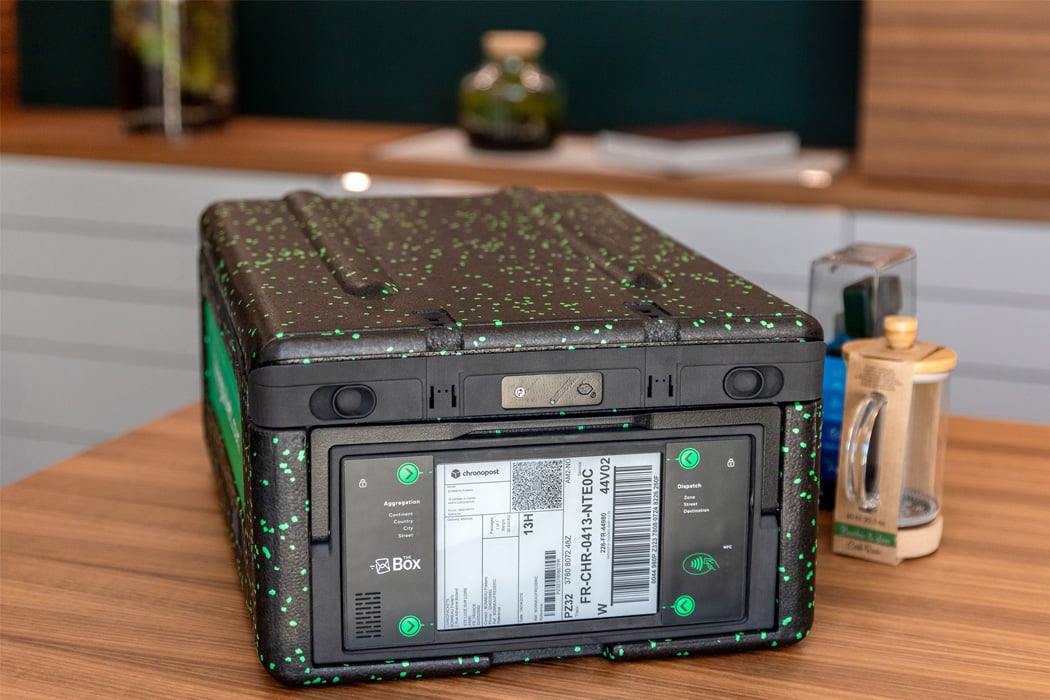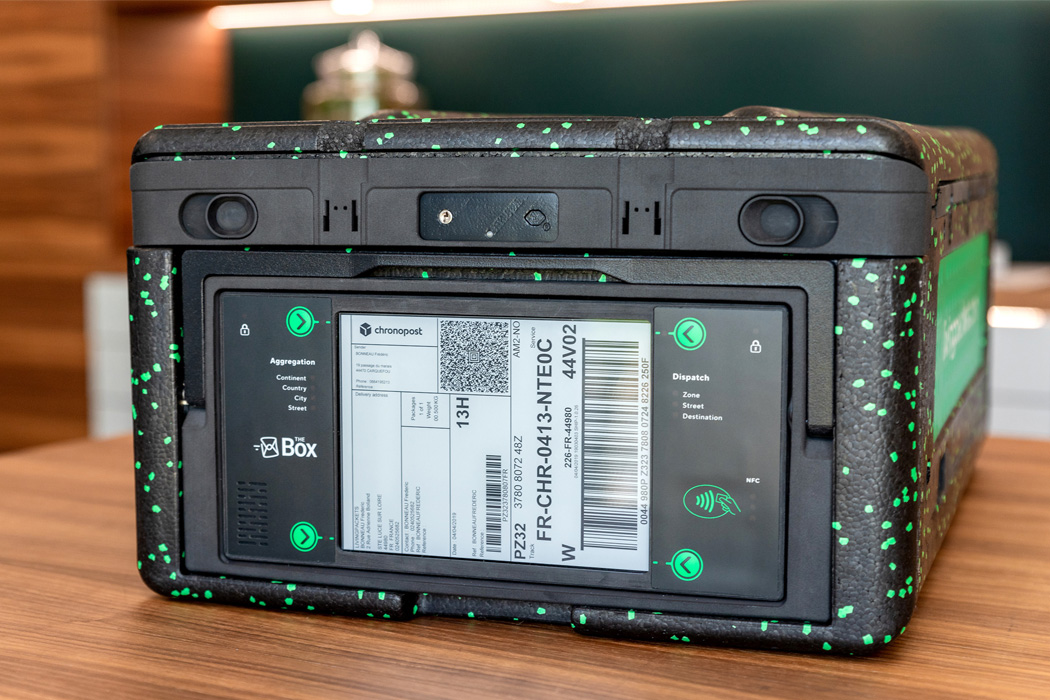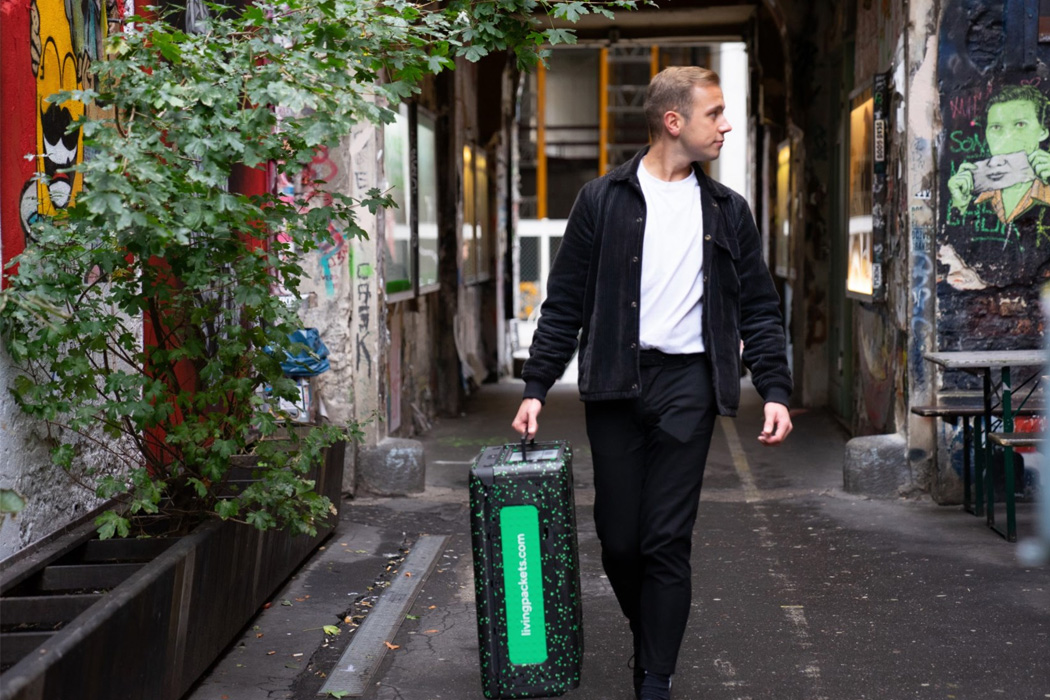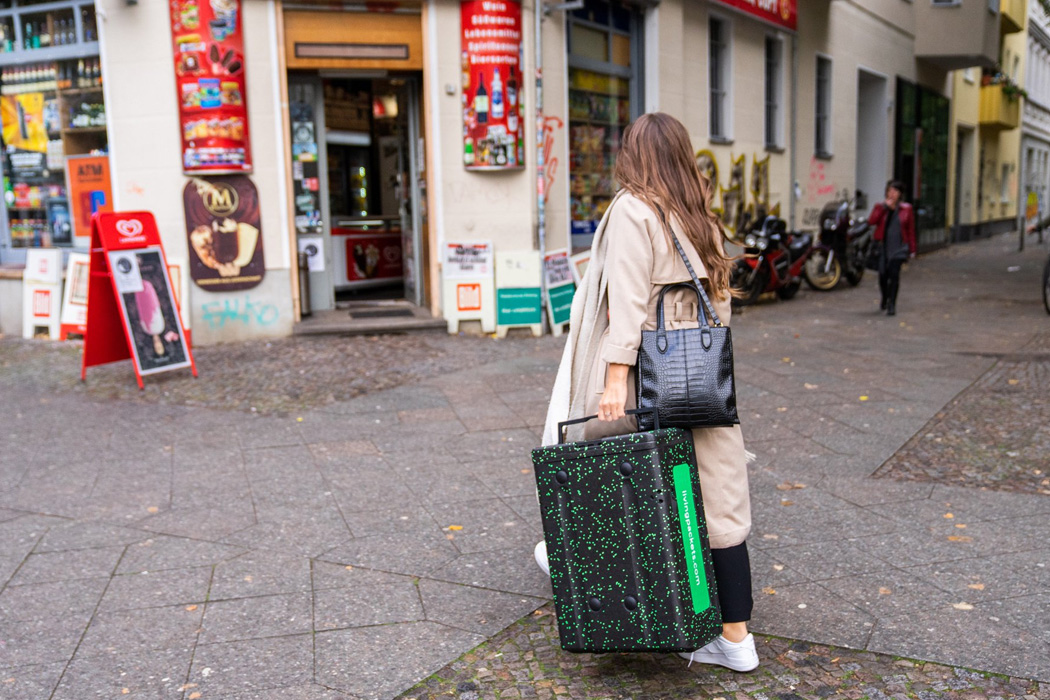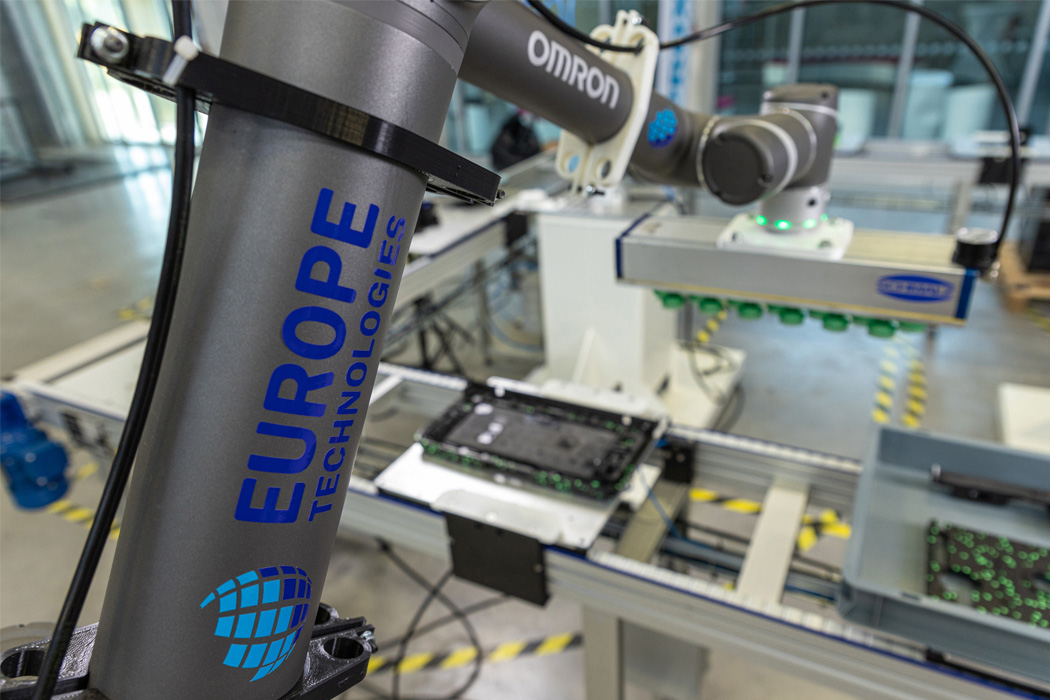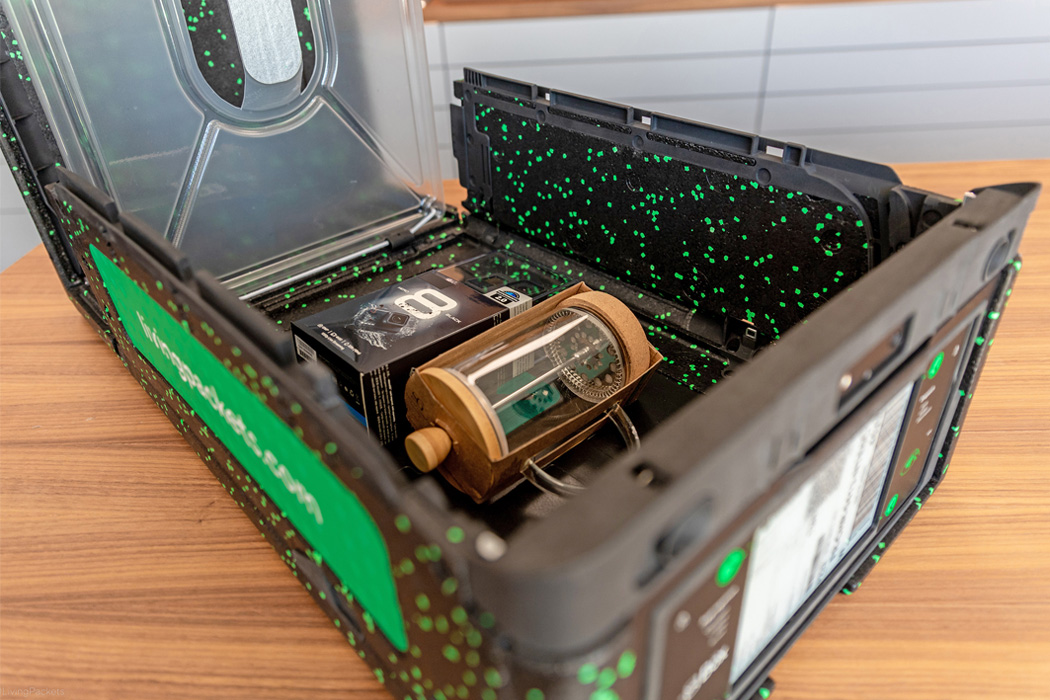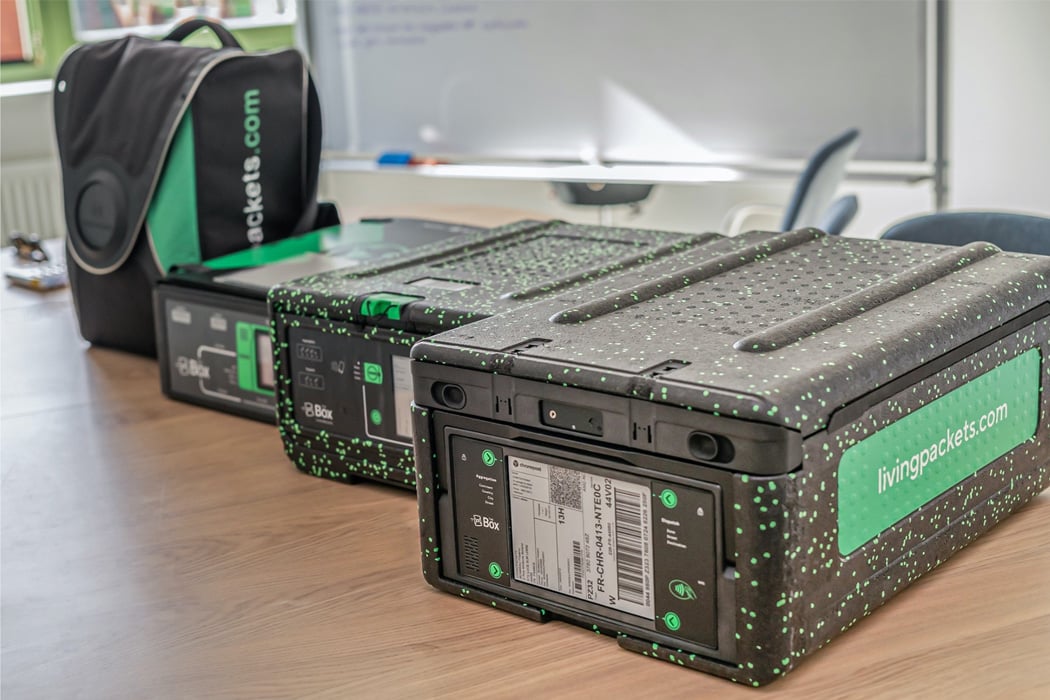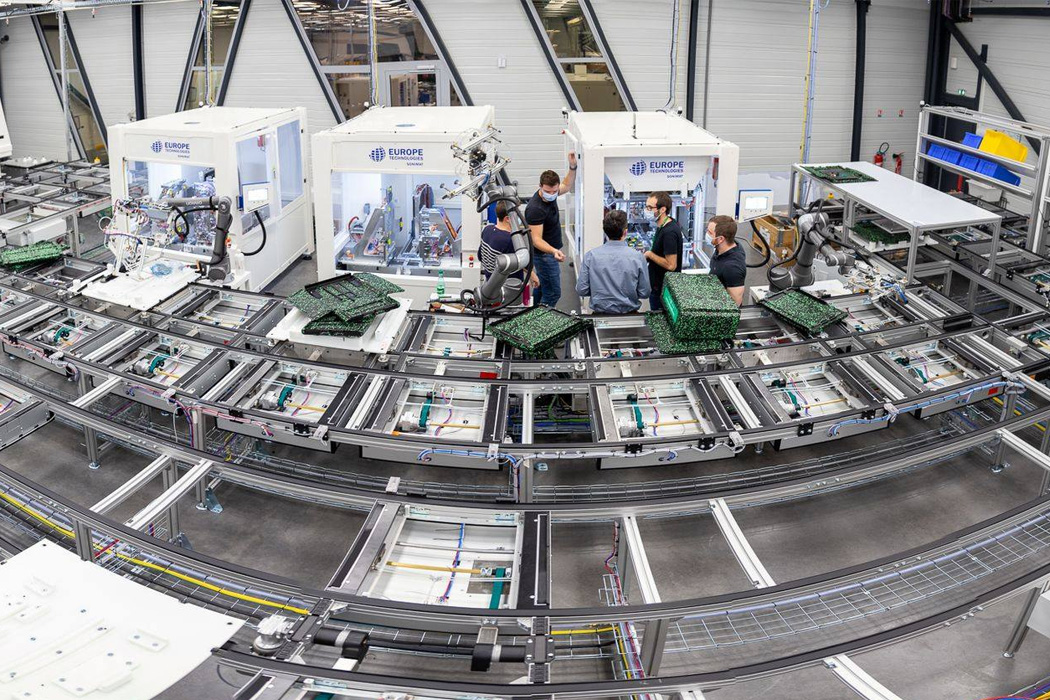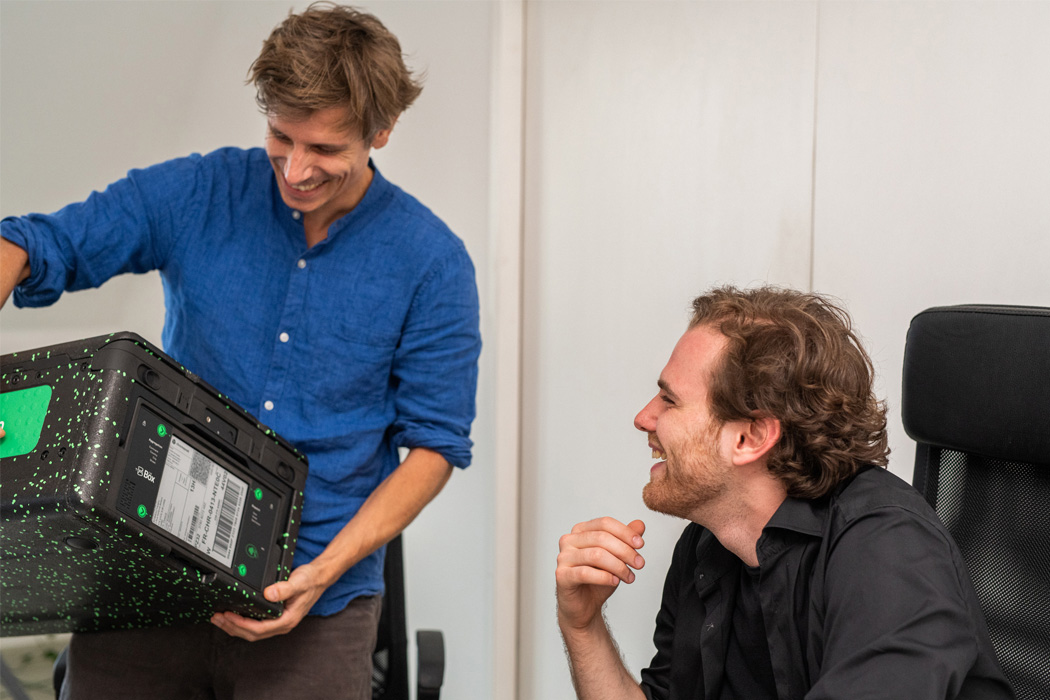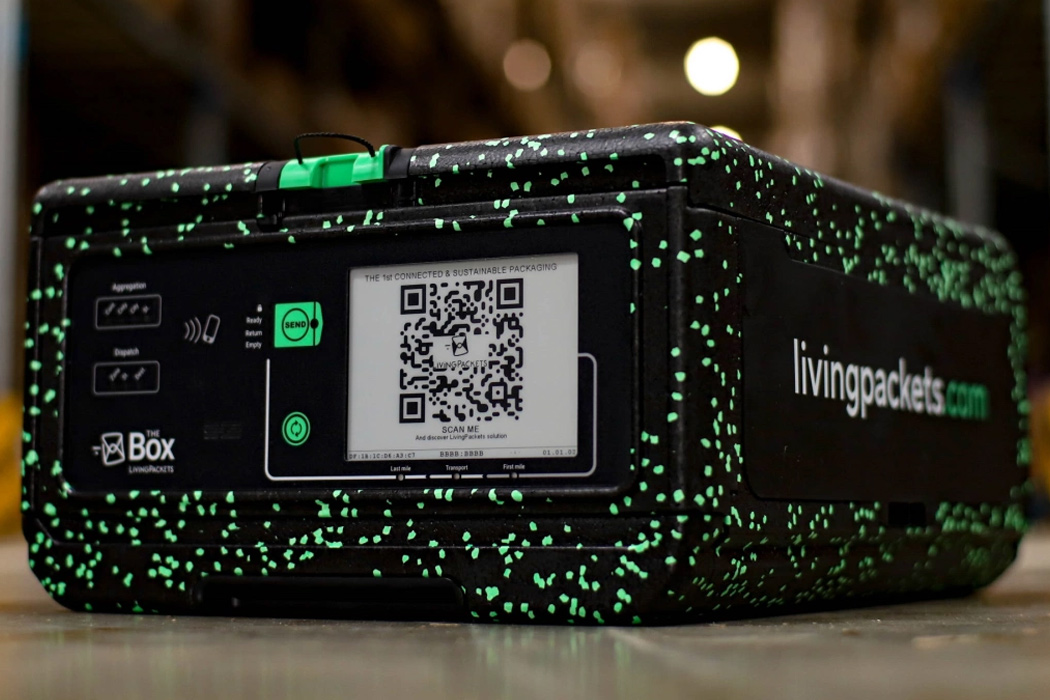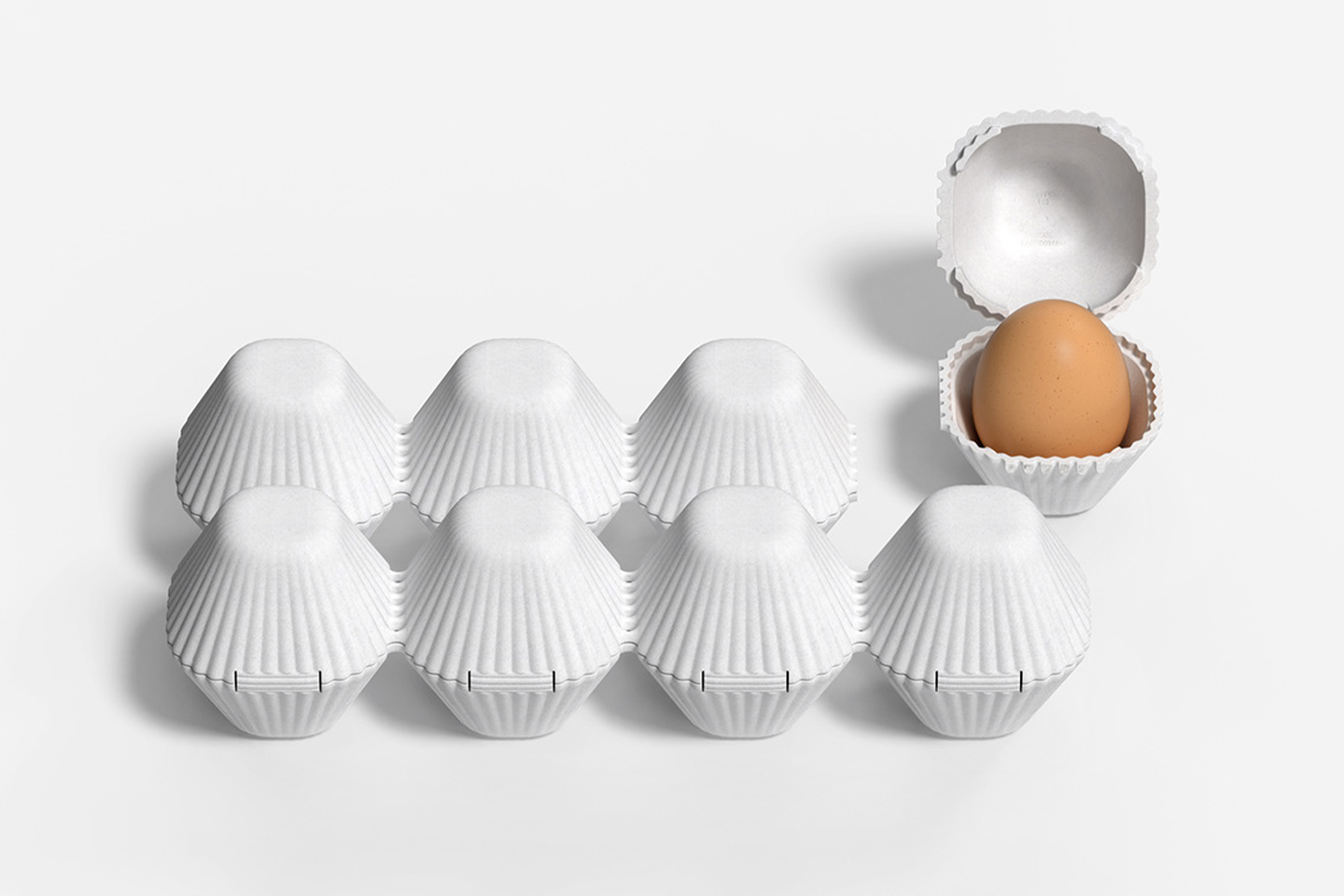
Sustainable designs, especially packaging designs, are giving designers food for thought – very literally in some cases – to find solutions that can reduce waste and the burden on the planet! The Stamp Egg packaging stands out from the rest because it is detachable and made of PaperFoam which is sustainable, eco-friendly, low-carbon, highly recyclable, and home compostable material – it is truly egg-cellent!
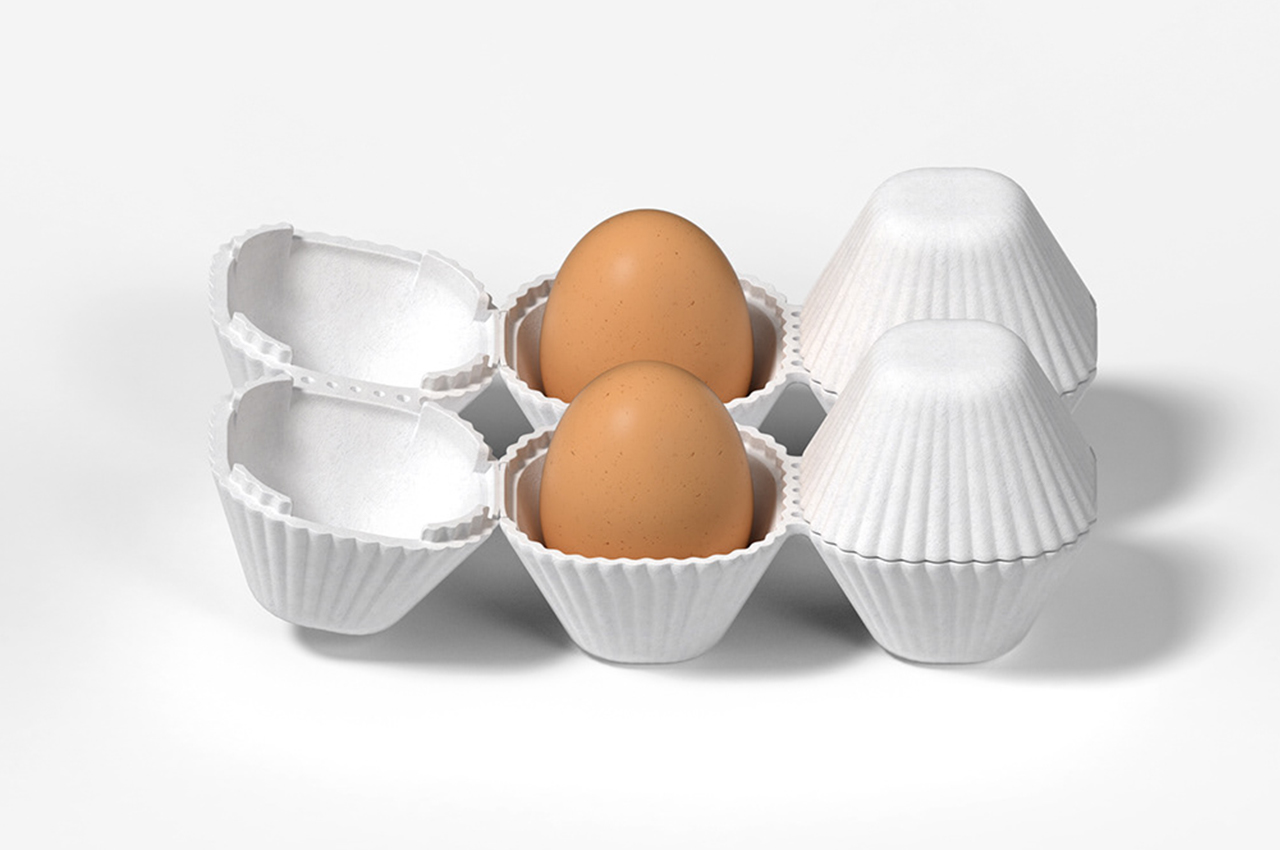
Think of Stamp Egg as having your eggs individually wrapped but instead of plastic, it is a super sustainable and compostable material. It has all the necessary elements for an egg carton – easy open and close, protective form, and stackability. As the name suggested, it is inspired by a postage stamp that lets you tear out individual pieces from the collection, and now you can do it with your eggs.
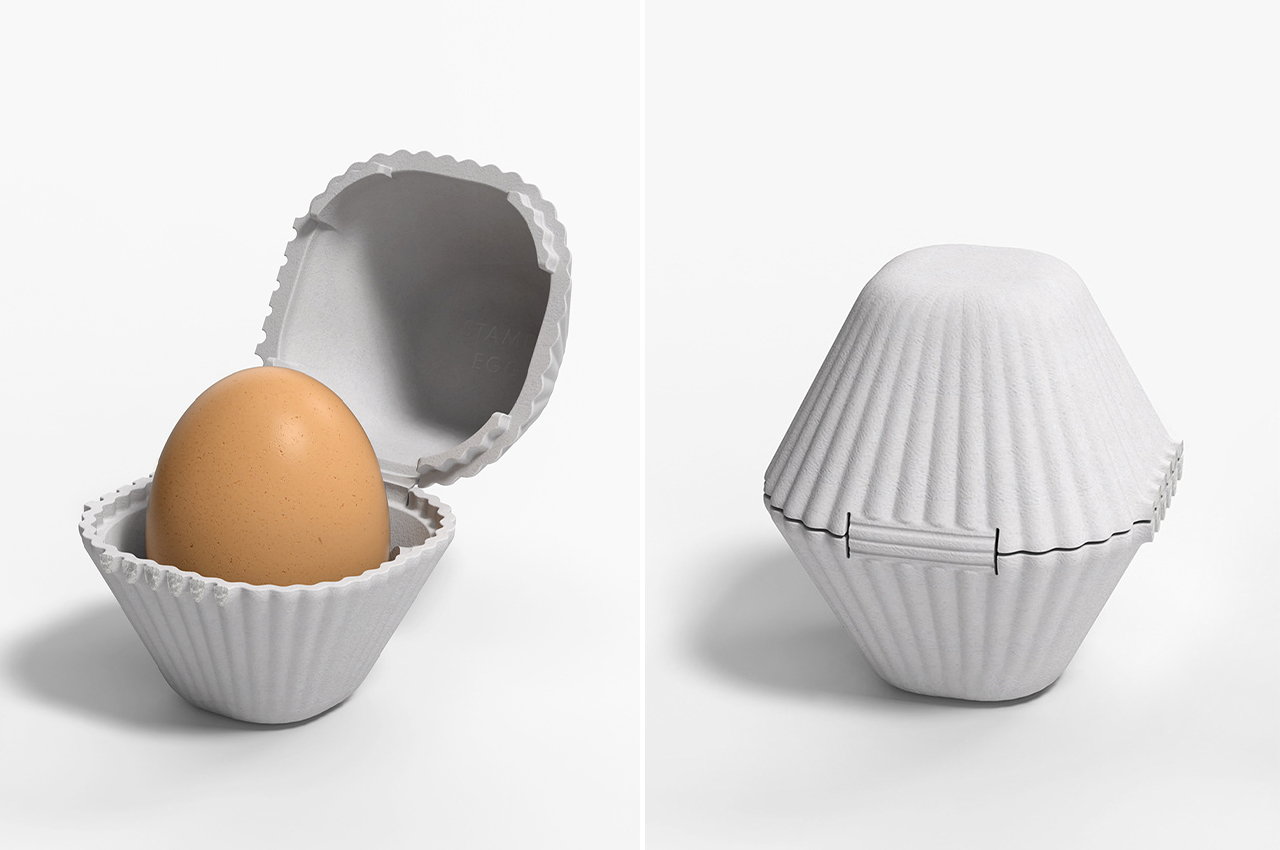
This form also helps you save more space in the refrigerator and easily count the eggs without opening the package thus keeping them fresh for longer as they are less affected by temperature changes. Also, the separately packaged eggs can be easily packed for a picnic or in a lunch box without compromising on protectiveness or playing Jenga with the other items.
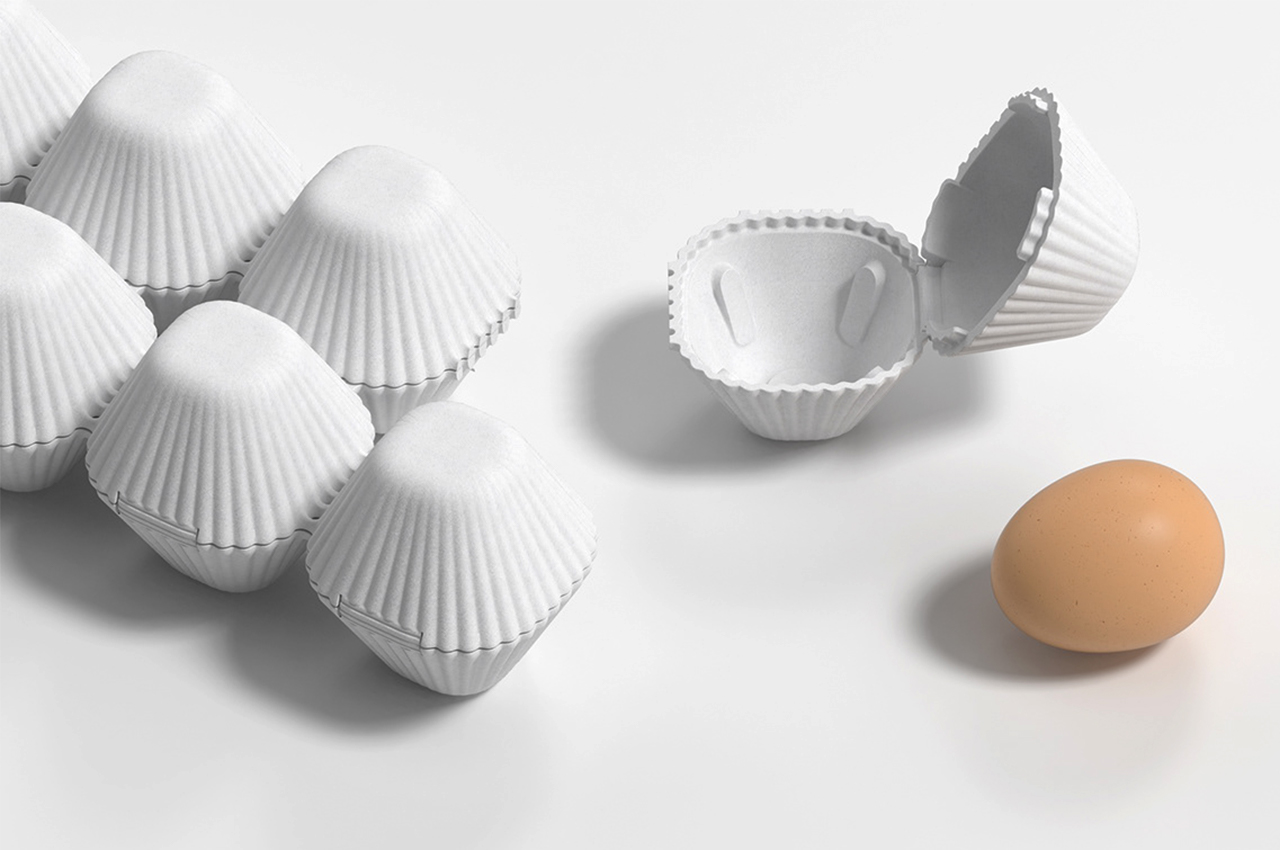
PaperFoam is a studio based in the Netherlands that specializes in making environmentally friendly packaging material widely used in electronics, cosmetics, medical devices, and food applications. The bio-based product is made out of starch, cellulose fibers, and water all with a very low carbon footprint. It can be composted or recycled at home with paper. Curious to learn more about this innovative material? Read about the manufacturing process, detailed benefits, and more here!
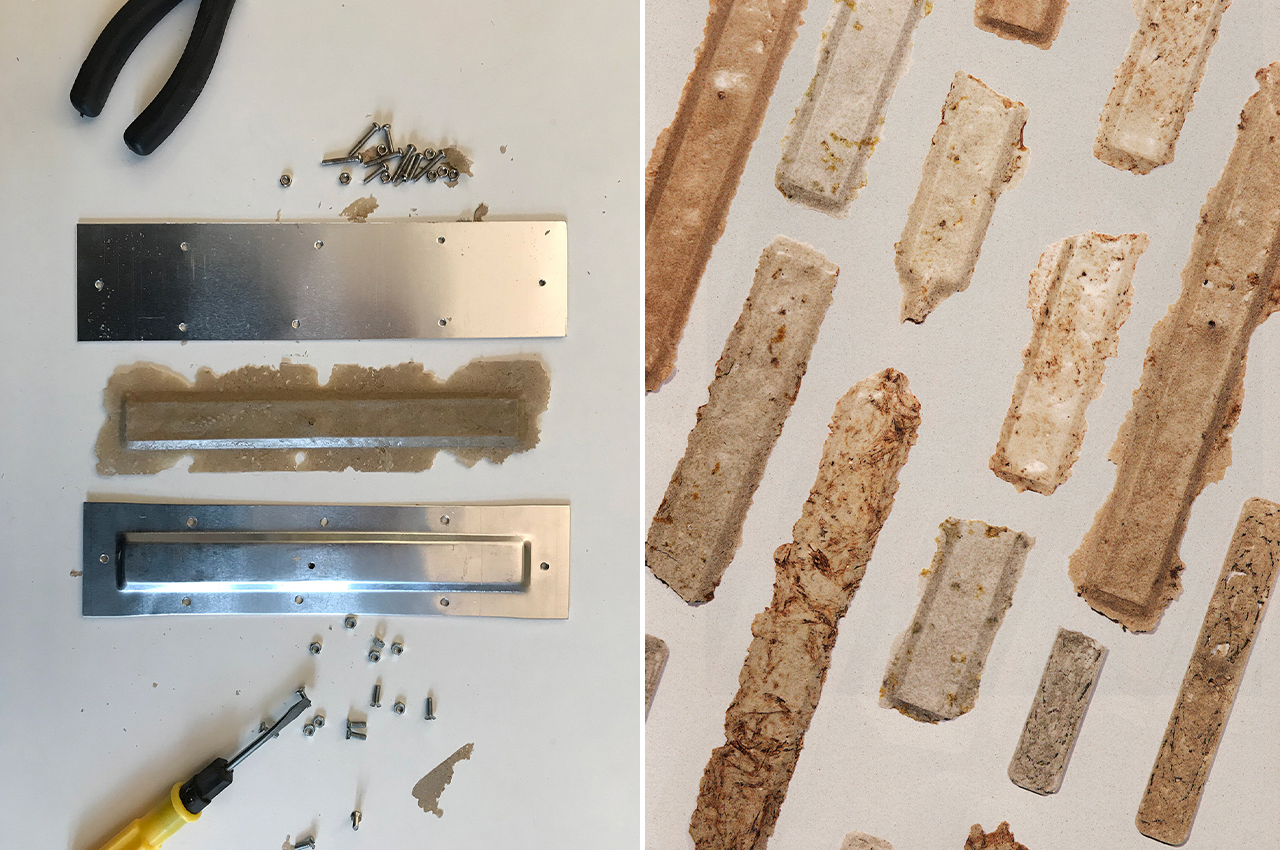
“After experimenting with the material to enhance its look and its mechanical properties, I had to find a proper application for it. I aimed at designing a mass-produced everyday object within the packaging industry, which proved to be a successful field of application for PaperFoam as it was resistant, natural, and could be customized with branding,” says Yoon. “The purpose was to approach this project in a sustainable way, think about a valid and meaningful alternative to already existing products, combine maximum efficiency with aesthetic quality using an environment-friendly approach throughout the whole lifecycle.”
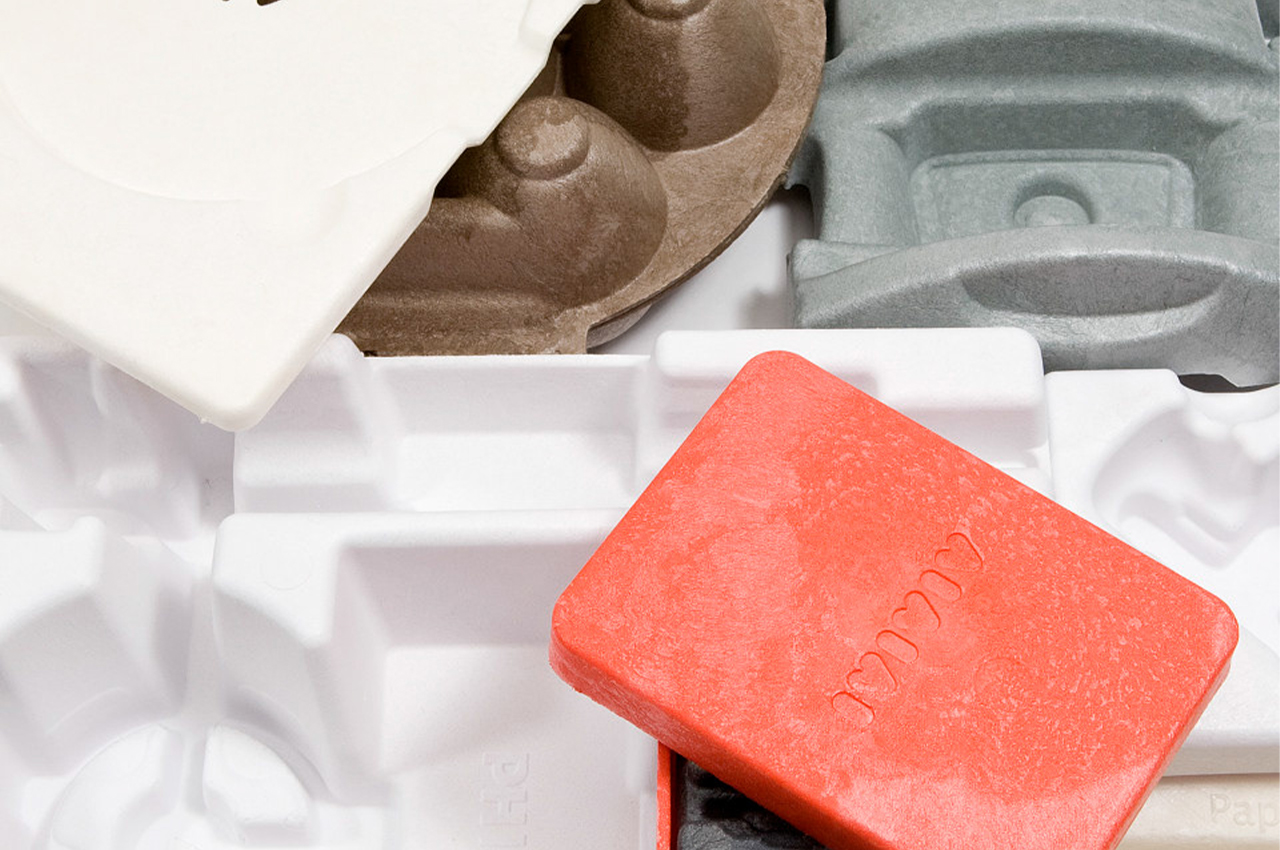
Compared to the cellulose-pulp, foam, or plastic boxes, the Stamp PaperFoam egg trays are lighter (beaten only by the Polystyrene ones) and emit much less carbon dioxide compared to their competitors (96% less than pulp, 91% less than PS, and 87% less than PET). Easy to achieve with the injection-molded manufacturing process, the product is cost-effective, energy-efficient, high-performing, and attractive!
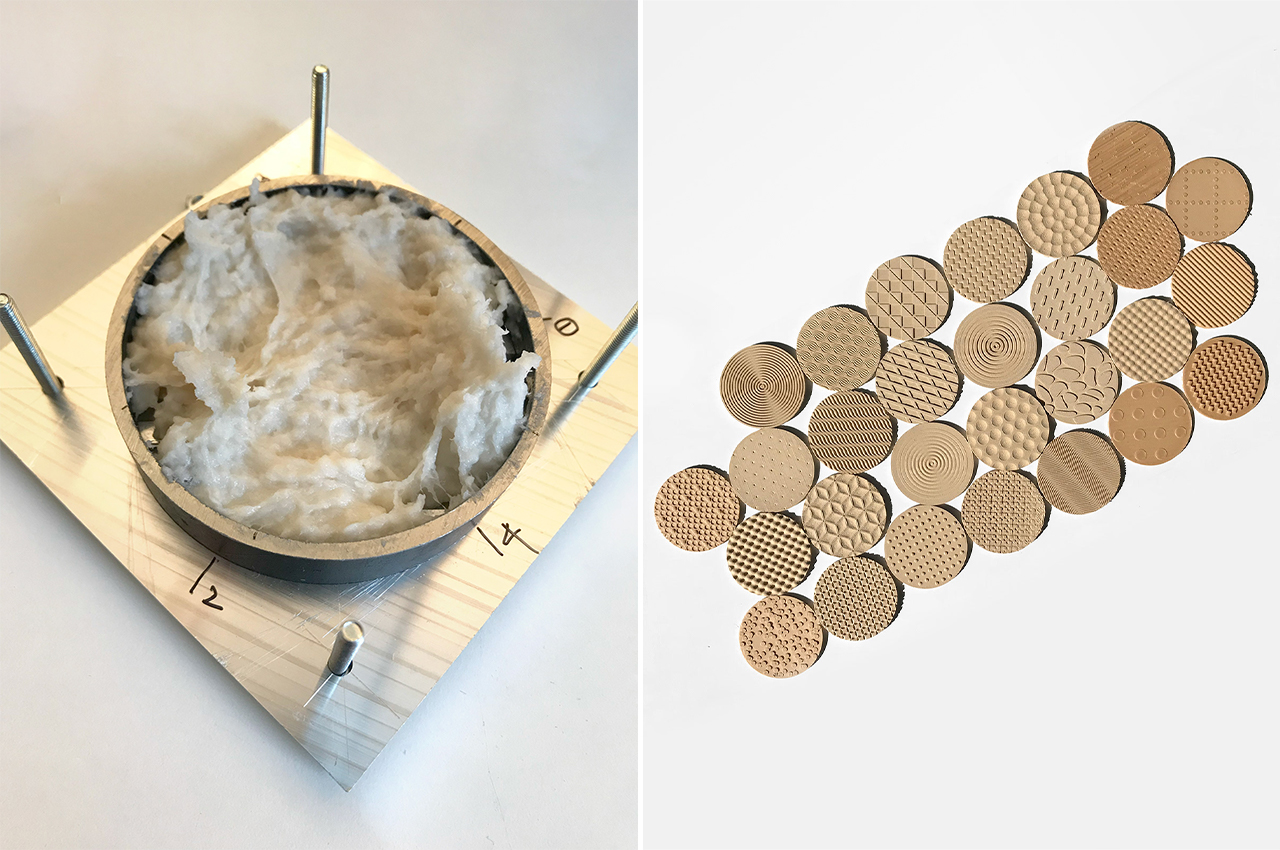
The carton’s dimpled form accommodates individual eggs and prevents them from coming into contact with one another. An improved hinge holds the units together and makes the cups easy to separate into single independent boxes which saves space and keeps them fresh for longer. The name of the brand and the nutrient contents can be directly embossed on the material surface, saving on additional labeling costs and making recycling easier. Stamp is egg-straordinary!
Designer: Il-Seop Yoon
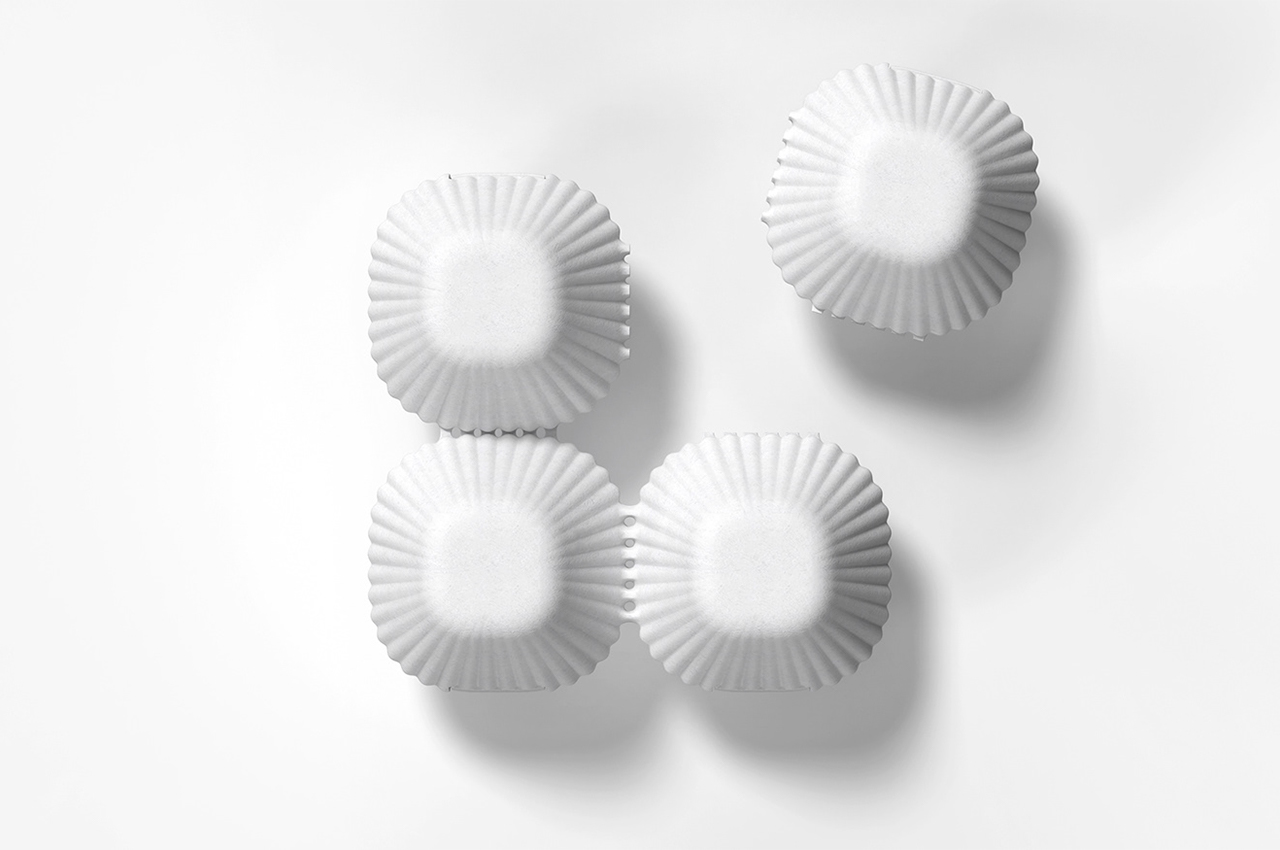
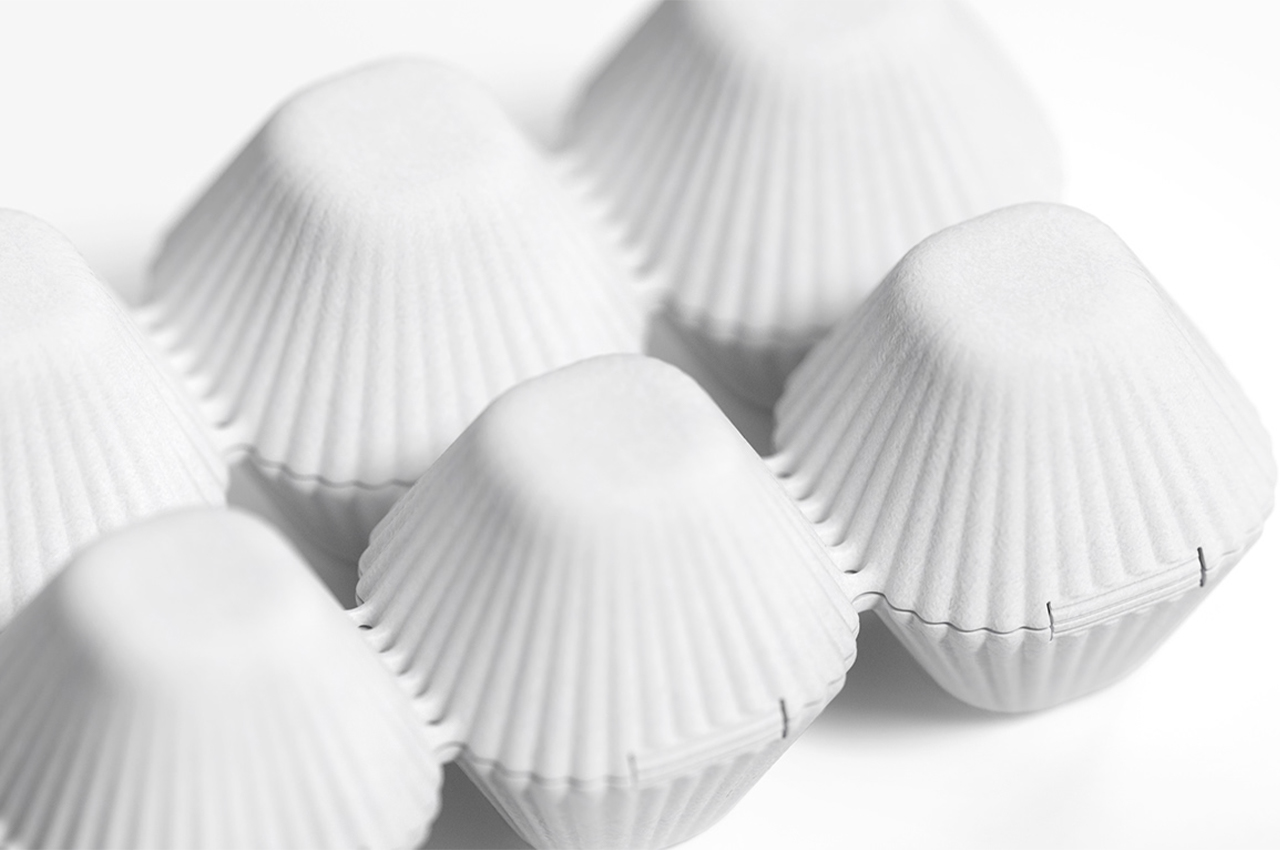
The post This sustainable packaging for eggs is inspired by stamps & made from paper foam! first appeared on Yanko Design.
